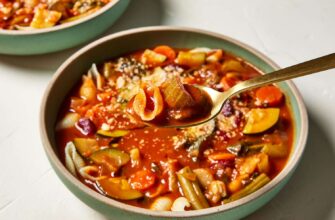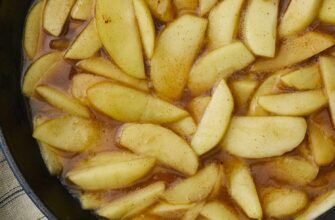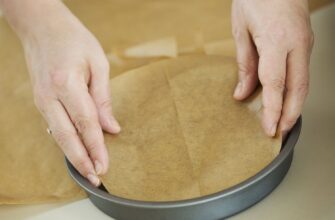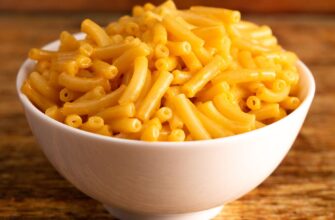Close
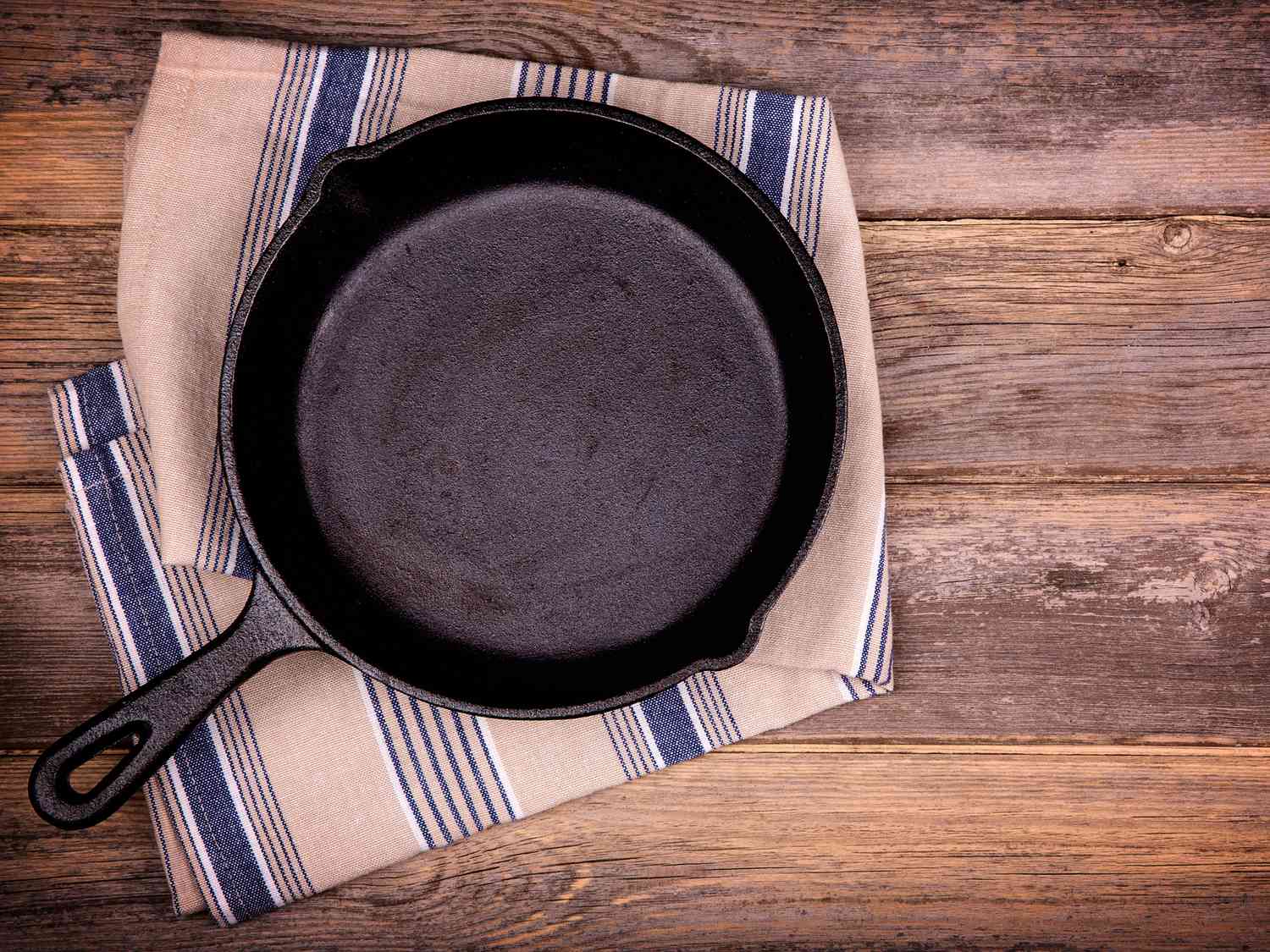

Photo:
Getty Images
Whether you want to make pork chops, steak, deep-dish pizza, or sweet apple pie, there are so many delicious reasons to invest in a cast iron pan. As we’ve mentioned before, the cooking vessels are practically indestructible. Your new pan could be a family heirloom in which your descendants cook 100 years from now.
Whether you just bought your first heavy skillet or are cooking recipes in a pan that’s been in your kitchen for decades, there are many, many tasty wonders to experience. You just need to know a few ground rules first. Avoiding the categories below will keep your cast iron producing hit after hit.

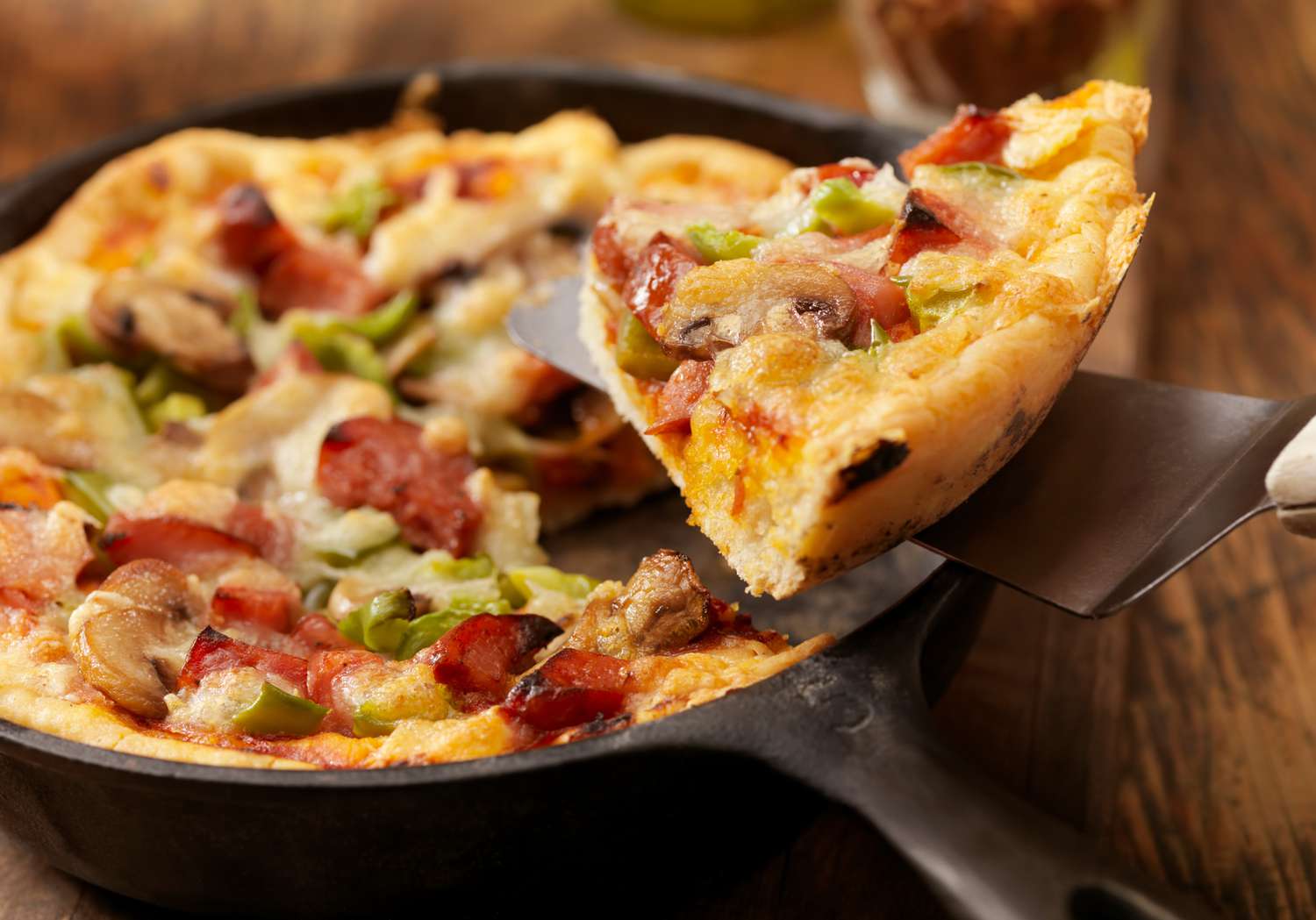
Pizza in a cast iron skillet.
Lauri Patterson / Getty Images
Delicate foods
We love a flaky piece of white fish, but guess who doesn’t? Your cast iron pan. The even, high heat that we usually prize in cast iron will turn your fillet of sole into a mushy mess. The same goes for trying to craft crêpes or shellfish such as scallops. If it’s thin, soft, or flaky, save it for a nonstick pan. Thicker, meatier fish like swordfish and salmon, however, should be just fine.
Foods that stick
New cast iron pans come with their own rules. Until the newest member of your family is thoroughly seasoned, anything that could stick to a heated pan could be a disaster in the making. That means that before you’ve done some serious cooking, it’s best to hold off on eggs and pancakes. Bacon, on the other hand, will get you where you need to be.
Acidic foods
Thinking of making your tomato-rich Sunday gravy in your cast iron? You may want to think again. Chicken piccata? Another mistake. That’s because acid can cause a reaction with the metal of your pan, resulting in a metallic flavor. It’s not dangerous, but it’s not appetizing either. For this same reason, it’s best not to store foods in your cast-iron.
Strong-smelling foods
This is another reason to avoid cooking fish in your cast iron. It’s no surprise that odors have a way of lingering in something that you’re probably not going to wash with soap. This is even more true of a new pan, whose porous metal is likely to take on smells you might not want to pass on to your next dish.
What about desserts?
You can (and should!) make dessert in your cast iron pan, but just make sure you cook off or remove any residual flavors and odors left by other foods before you fill it with something sweet. If not, imagine crafting a tantalizing beef stroganoff in a garlicky sauce or frying up some well-spiced chicken, then making Nutella and cream cheese brownies your skillet. Yep, your dessert will likely taste like dinner.
How to Clean a Cast Iron Pan
Was this page helpful?
Thanks for your feedback!
Tell us why!
Other
Submit

